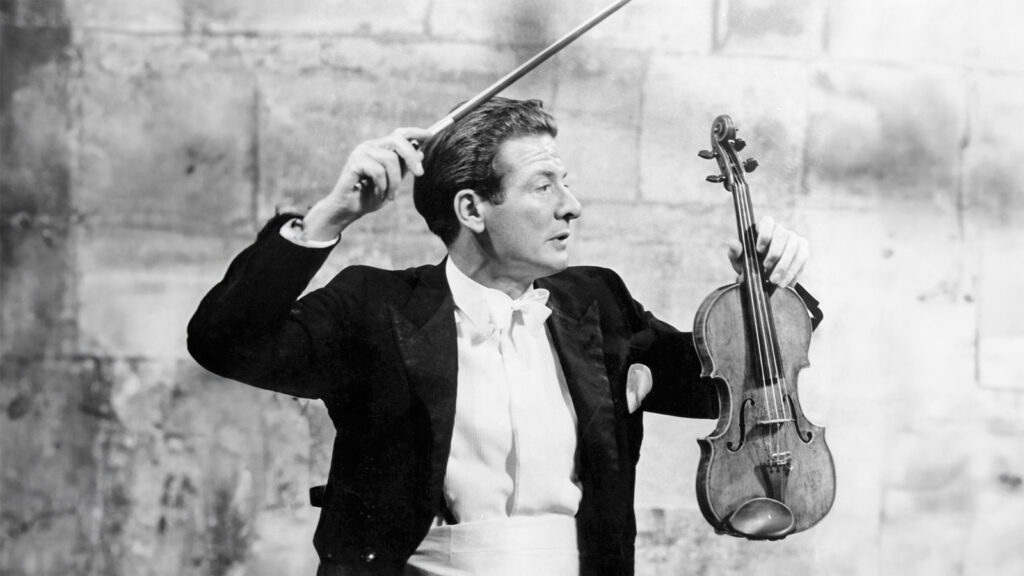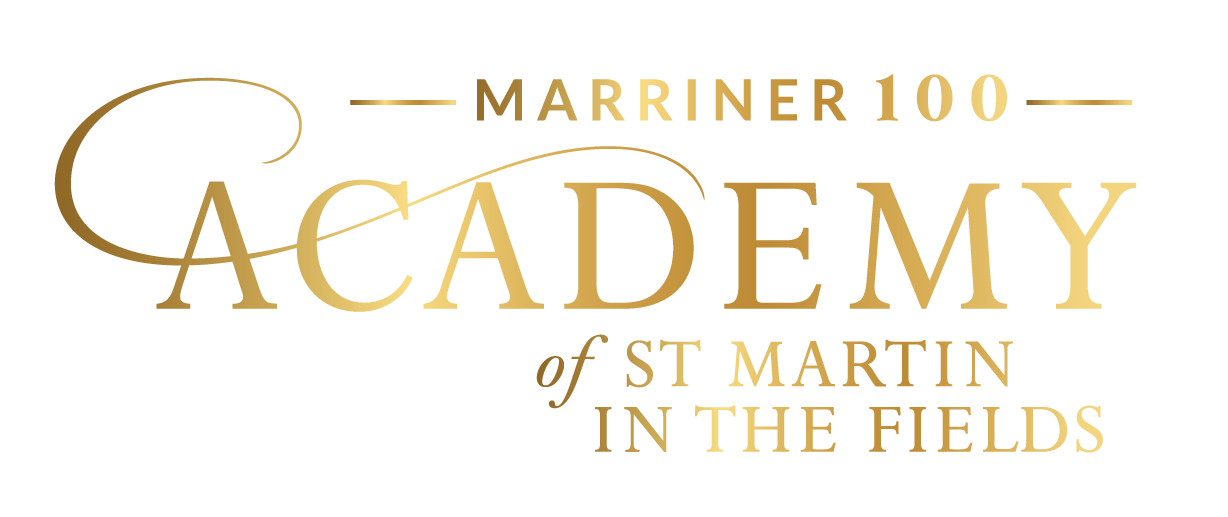Sharpest Tool in the Box
It was friendships made and conversations held with colleagues, largely in the LSO, that led to a link with John Churchill, master of music at the church of St Martin-in-the-Fields. Churchill was looking to organise a new chamber ensemble to play regularly at the church; while Marriner and friends were looking to escape from the ‘tyranny’ of conductors and explore, in particular, baroque repertoire which did not need a conductor. The Academy of St Martin-in-the-Fields (the hyphens survived for 30 years!) was born.

Late nights playing ‘for fun’ in Kensington sometimes led to a late appearance the following morning wherever the LSO was rehearsing; which in turn meant paying a fine. Marriner also turns up in the archives of the LSO commenting on the performance standard of individual current or prospective colleagues. It was his insistence on the very highest level of musical execution that ensured the immediate impact of the Academy from its first long-playing record, issued in 1962. Nearly an hour’s worth of music was achieved in only two sessions, at the end of which each musician received a £5 note from the purse of the label’s owner, Louise Dyer.

